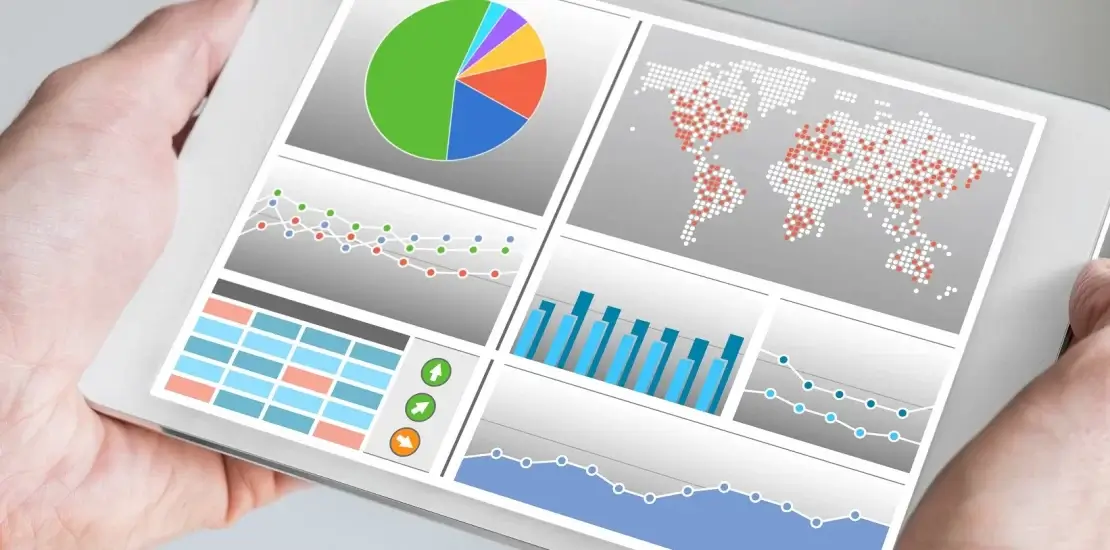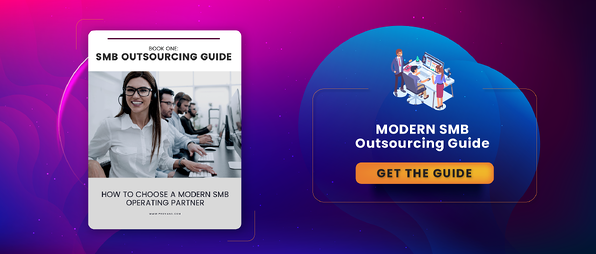4 KPI Questions You Shouldn’t Miss Asking a Potential BPM partner
- January 24, 2022
- Category: Business process management

In recent years, collection businesses have started getting used to the option of outsourcing to cope with staff shortages. To outsource the trained talent and deliver on client promises, they can either outsource to a Business Process Outsourcing (BPO) or partner with a service provider that can hire, train and manage off-roll talent, using Business Process Management (BPM) outsourcing model. However, it is the sophistication associated with fully-trained on-hire employees that is driving not only large enterprises but small to mid-size collection businesses to choose BPM over BPO today.
Having said that, choosing the BPM outsourcing model, even with all its benefits, can have its fair share of issues if you end up choosing the wrong service provider. You could suffer the lack of productivity, disconnected workflows, and unexpected data breaches if you don’t vet your BPM partner properly on their Production Management, Transition Management, Compliance and Performance, Resource Management, SOPs, and Key Performance Indicators (KPIs) practices. With the “Questions for A Potential BPM Partner” blog series, we are trying to help you avoid these missteps that can otherwise cost your collection business its reputation. This time the spotlight is on KPI-focus questions.
The hallmark of a solid BPM provider is being able to demonstrate past as well as ongoing performance for each client in a robust set of KPIs. Hence, it is valuable to preview the scorecards and dashboards that will be used by the provider if you end up working with them. Some of the questions to ask on this topic include:
1. Can you provide some metrics on key process elements?
Now, this is subjective. For a collection agency, metrics such as Right Party Contacts (RPC) rate, Percentage of Outbound Calls Resulting in Promise to Pay (PTP) make more sense while for a collection law firm, metrics such as the number of suits reviewed per month and number of filings per month will matter most. Depending on the nature of business, scan for the correct KPIs and score the provider internally on the basis of their ability to choose the right metrics. This will help you avoid getting overwhelmed especially if you have more than five BPM service providers to choose from.
2. Can you show some examples of process improvement KPIs?
All BPM operations providers must have some kind of continuous improvement initiative ongoing at any given time. However, continuous process improvement is a tricky business as it demands a degree of discipline, rigor, and SOP standardization. So, what do you do to ensure you are partnering with a BPM provider who’s serious about improving their processes all year long?
Begin with asking what distinct and intuitive KPIs the potential provider is using to cut down rejection rates. Enquire what are KPIs are helping them to improve collection yield or better manage court queues. It is not a bad idea to follow up with another question to check why the provider is using Collector Effective Index (CEI), Profit per Account (PPA), or Active Consumer Accounts per Agent (ACAPA) as a measure to reflect on process improvement.
3. How are the business KPIs managed in a system? Can that system be demonstrated?
There are several key elements that you need to be in place to ensure smooth KPI management. One of these elements is the nature of the system being used by the provider to ensure the quality, repeatability, and flexibility of the overall KPI system. Ideally, agent KPIs should be reset by the provider on a continuous basis, based on the ongoing collection trends and reflect on agents’ individual scoreboards. Given KPI management is a subjective yet very detail-oriented process, a BPM provider should have predefined workflows for different KPI combination scenarios. Asking the provider to show you a visual representation of their KPI management can help you gain deeper insight into the way they manage their operation and to gauge how robust their operation will be if you end up partnering with them.
4. Can we get examples of typical production management dashboards?
Specific results and KPIs vary for every business, so these are the hardest to describe in a generic manner. The best way to see the level of measurement in the operation is to get a demo of the provider’s process intelligence dashboards. Or to take a look at some anonymized or sanitized reports from such systems.
It is important to ensure that service providers have been able to collect and analyze real-time data from the speech platform, ERP, and collection tools. Production management dashboards that the provider show you should ideally combine graphs, tables, and other visualization techniques to make KPIs easy for you to understand, depicting data in such a way that they leave no ambiguity about process execution and management.








